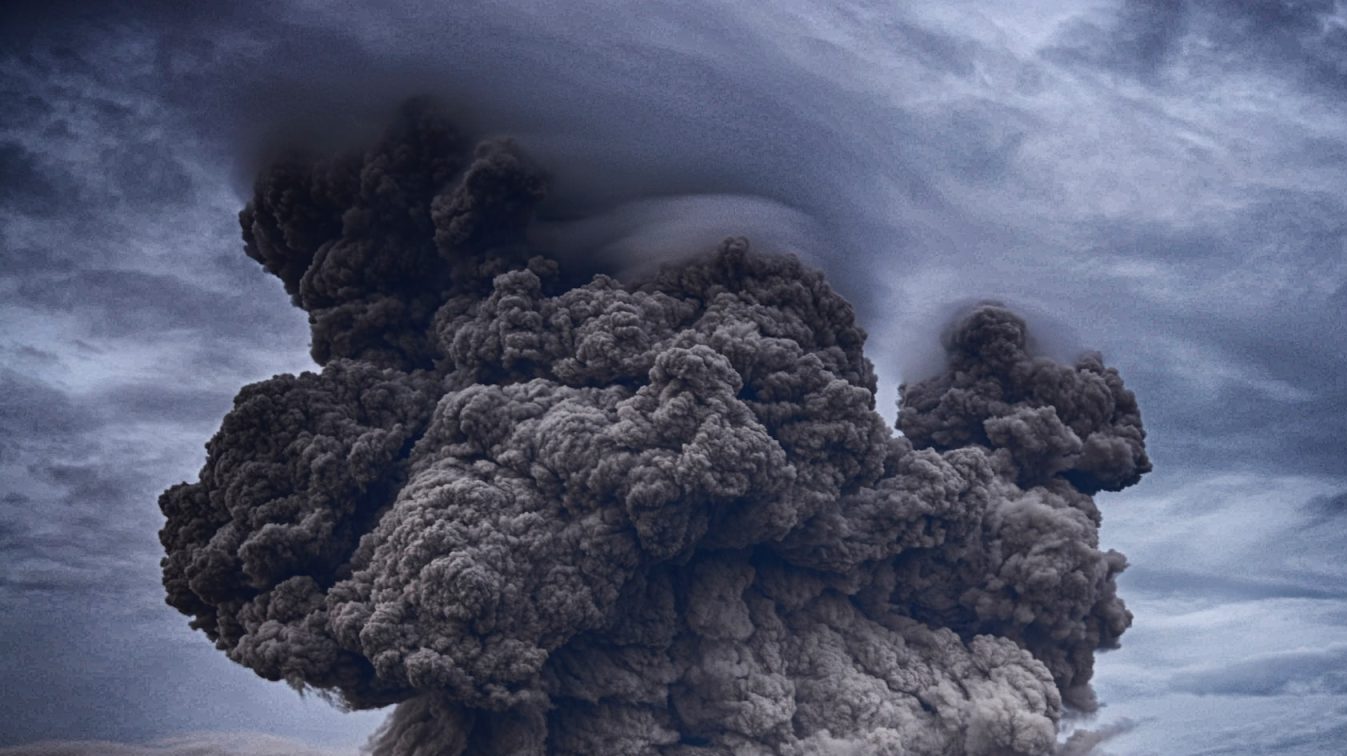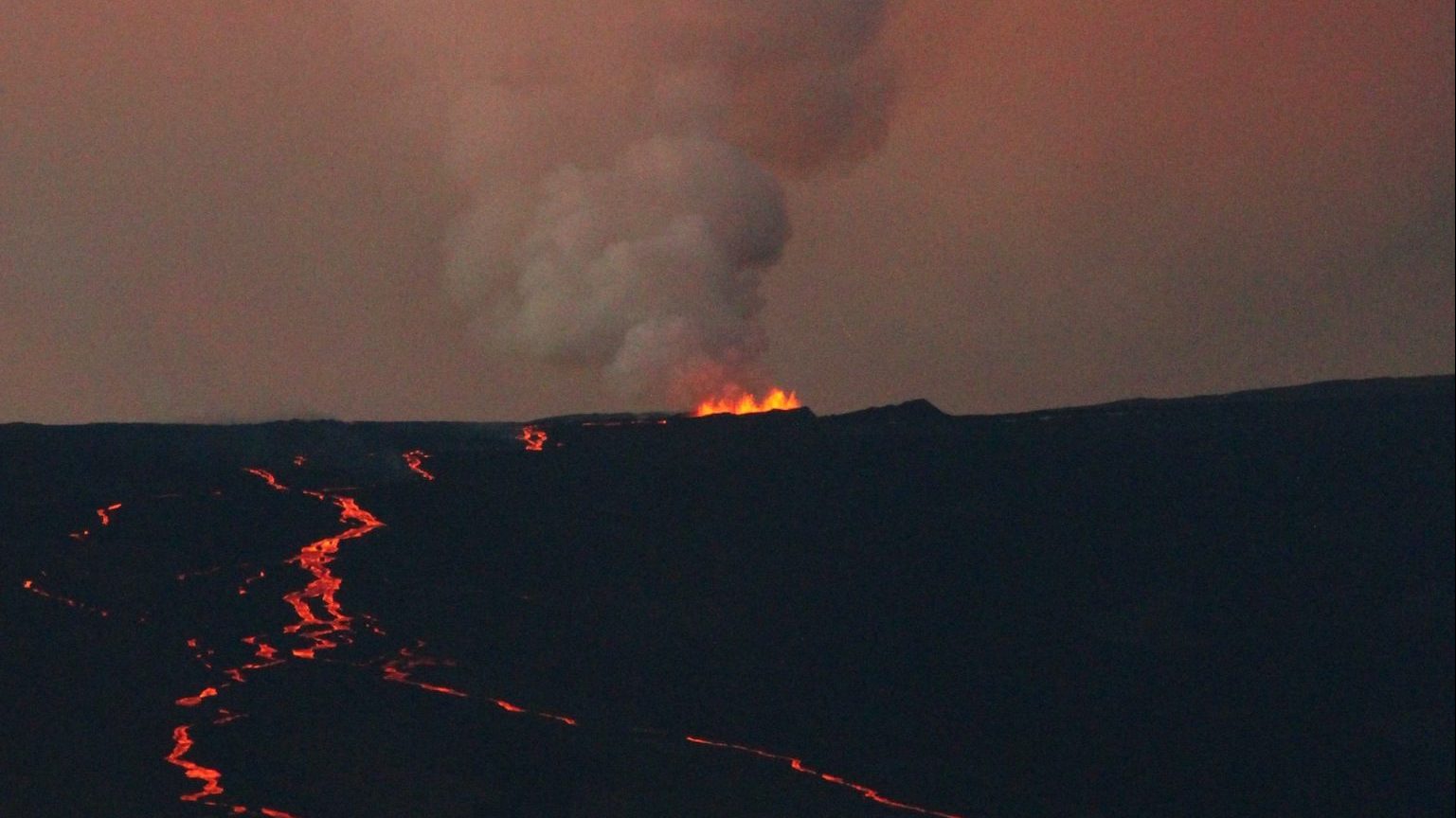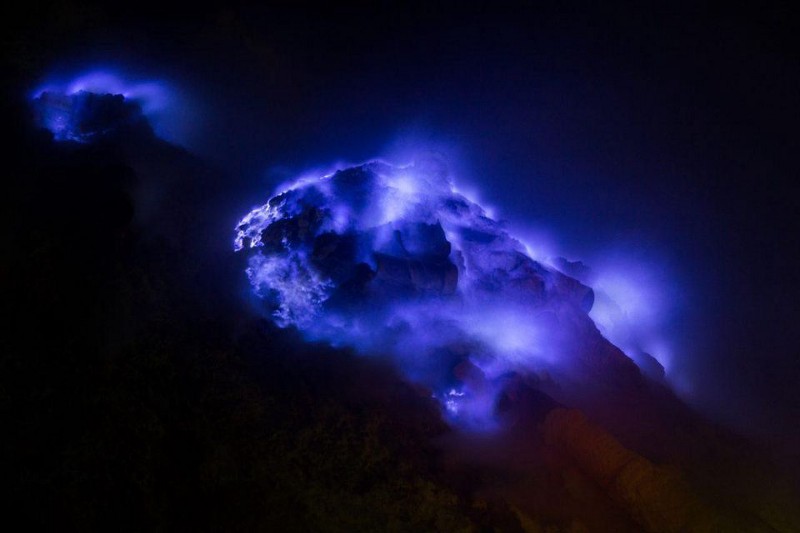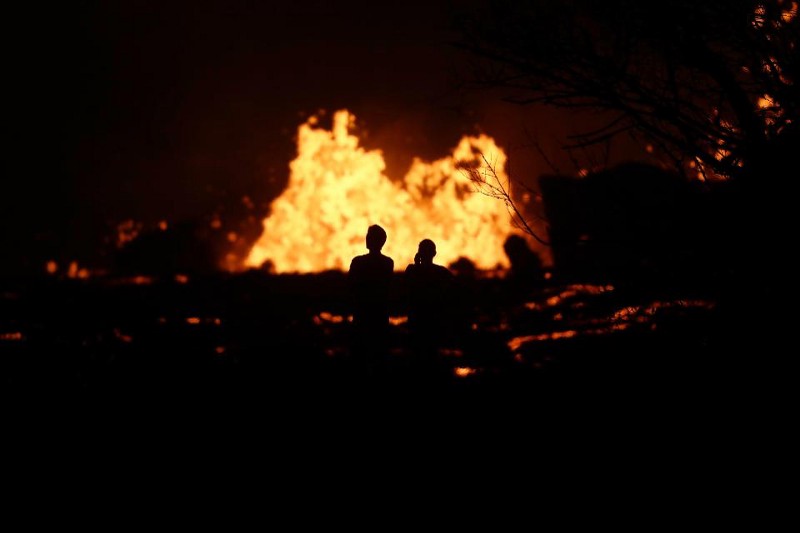New eruption on Kilauea continues (with video and images to prove it)

The new fissure eruption on Kilauea is going strong – the fissure has been erupting(video) over the last two days, sometimes producing fountains as high as 25 meters, but usually just smaller spatter vents as seen in this new HVO video. As usual, Eruptions readers have been doing a great job capturing (top left) the action from the newly-installed Pu`u O`o to Napua webcam that shows the fountaining and lava flows from part of the new fissure system. The collapse of the Pu`u O`o crater floor that preceded this new fissure activity dropped the floor at least 115 meters according to the latest HVO update about the eruption. HVO also seems to be hedging their bets about how this eruption might effect other events on the volcano, including the coastal lava flows:
“Whether these [coastal] flows are residual lava draining through the tube system or outbreaks that continue to be fed by lava from the east rift zone vent is not yet known. Based on similar events in past years, it will take a day or two to see if the lava supply has been cut off by the uprift fissure eruption.”

Spatter ramparts and lava flows from the new fissure on Kilauea, seen on March 5, 2011. Image courtesy of HVO/USGS.
The new eruption could just be an emptying of the summit and Pu`u O`o craters, which might mean a shorter eruption, or a new injection of magma, which could mean a longer eruption. Petrologic and geochemical analysis of the new lava erupting should give geologists a clue about whether the lava is a new injection or a draining of the east rift tube system. In either case, deflation is continuing at both the summit of Kilauea and at Pu`u O`o and so far, this seems to be approaching becoming a longer event than the 1997 Episode 54. The flows further downrift from the this new fissure might see their supply of magma cut off as mentioned in the HVO quote above, or continue to be fed through the lava tube system.
HVO has releases piles of great images of the new eruption, including some where lava from an active fissure is pouring into an inactive one – almost Dali-esque in its nature (see below). HVO has released video of this event as well and it really shows just how runny these Hawaiian basalts can appear.

Lava from an active fissure pouring into an inactive fissure on Kilauea, seen on March 5, 2011. Image courtesy of HVO/USGS.
Remember, you can keep track of all this on the Kilauea webcams and the live deformation monitor as well. HVO frequently updates the status of the volcano as well.
Top left: Webcam capture by Eruptions reader Lurking of the new fissure erupting on Kilauea, seen on March 6, 2011.




